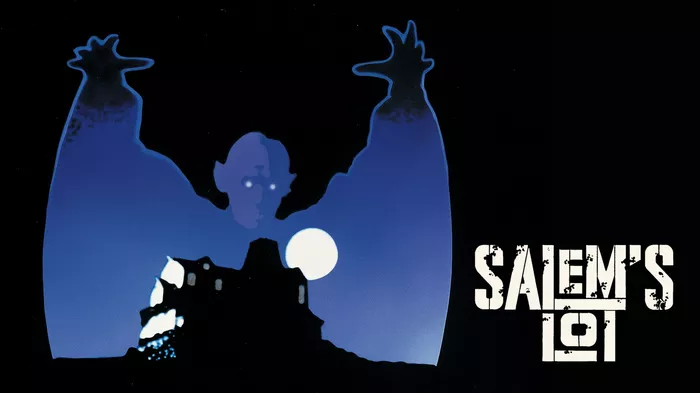In a surprising turn of events, the highly anticipated remake of Stephen King’s iconic horror novel ‘Salem’s Lot’ is facing the possibility of bypassing traditional theatrical release and heading straight to streaming platforms. The decision, reportedly prompted by the ongoing strike led by the Screen Actors Guild‐American Federation of Television and Radio Artists (SAG-AFTRA), has sent ripples through the entertainment industry, raising questions about the future of major film releases amidst the persistent challenges posed by the strike.
The potential move to release ‘Salem’s Lot’ on a streaming platform, namely HBO Max, is not indicative of any shortcomings in the film’s quality or production value. Instead, it serves as a strategic response to the urgent need for fresh and engaging content in the wake of the industry-wide labor dispute. With the strike resulting in production halts, delayed filming schedules, and disrupted release plans for numerous high-profile projects, studios are grappling with the dilemma of maintaining a steady flow of content to meet the growing demand of audiences worldwide.
‘Salem’s Lot,’ known for its gripping narrative and spine-chilling depiction of vampiric terror, holds a significant place in the realm of horror literature, and its original adaptation in 1979 garnered widespread acclaim, solidifying Stephen King’s status as a master of the macabre. The prospect of a modern retelling of this classic tale has generated considerable buzz among horror enthusiasts, with expectations running high for a faithful and captivating adaptation that stays true to the essence of King’s haunting narrative.
Amidst the uncertainty surrounding the distribution plans for ‘Salem’s Lot,’ industry insiders and fans alike remain on the edge of their seats, eagerly awaiting official updates on the fate of the film. While the potential streaming release on HBO Max presents a viable solution to ensure the movie reaches its audience in a timely manner, it also raises pertinent questions about the evolving dynamics of film distribution and the impact of digital platforms on the traditional theatrical experience. As streaming services continue to expand their foothold in the entertainment landscape, the possibility of major theatrical releases transitioning to digital platforms signifies a paradigm shift that could potentially reshape the dynamics of film consumption and distribution in the years to come.
The SAG-AFTRA strike, which has reverberated across the entertainment industry, has underscored the underlying tensions and grievances within the realm of film and television production, highlighting the challenges faced by actors, crew members, and industry professionals. The strike, initiated as a means to address crucial issues related to fair compensation, reasonable working conditions, and equitable treatment of performers, has prompted a reevaluation of the existing structures and practices within the industry, sparking conversations about the need for comprehensive reforms to ensure the well-being and rights of all stakeholders involved.
While the fate of ‘Salem’s Lot’ remains in limbo, the potential shift towards streaming distribution serves as a testament to the resilience and adaptability of the film industry in the face of unprecedented challenges. As discussions and negotiations continue between studios, production companies, and the representatives of SAG-AFTRA, the outcome of these deliberations is poised to have far-reaching implications for the future of filmmaking and the dynamics of content distribution in an era defined by rapid technological advancements and shifting consumer preferences.
As the saga surrounding the release of ‘Salem’s Lot’ unfolds, industry observers and enthusiasts await further developments, hoping for a resolution that balances the interests of all parties involved while ensuring that the film reaches its audience, captivating and chilling them with its timeless tale of terror and suspense. While the possibility of a direct-to-streaming release marks a departure from conventional distribution norms, it also underscores the industry’s commitment to adapting to changing circumstances and evolving consumer behaviors, underscoring the resilience and ingenuity that define the world of entertainment and storytelling.

